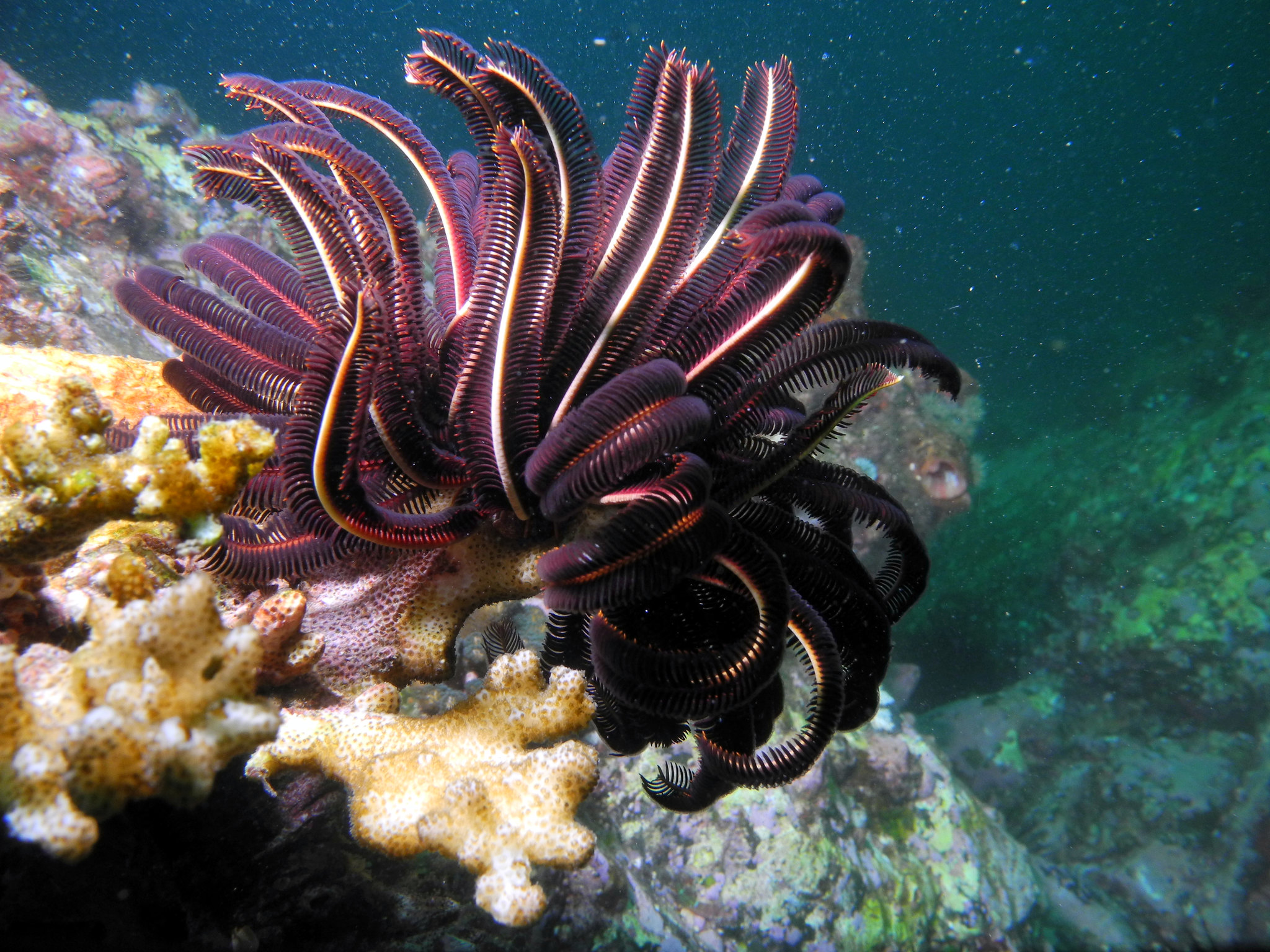
A recent scientific finding close to Antarctica has unveiled a new type of creature: the Antarctic strawberry feather star, scientifically known as Promachocrinus fragarius.
This unique creature has a body resembling that of a strawberry, with around twenty additional arms extending from it. These arms can have colors varying from purple to deep red. The creature possesses two sets of these extensions. One type is short and rough, while the other is long and feathery in texture.
Researchers stumbled upon this strange species in the Southern Ocean near Antarctica at depths ranging from about 215 to 3,840 feet underwater.
Precise measurement of 20-armed species not disclosed
During their surveys, a team of researchers comprised of Emily McLaughlin, Nerida Wilson, and Greg Rouse made noteworthy discoveries. They identified not just one but three additional new species of Antarctic feather stars.
These expeditions occurred primarily from 2008 to 2017. Among the various species they encountered, the 20-armed variety stood out as one of the largest, although specific size measurements were not provided.
‘Large’ creature — with 20 arms — found lurking in Antarctic sea. It’s a new species.
Not sure if "large" in quotes means 20 millimeters or 20ft. pic.twitter.com/mr9Agi4aCi
— Snarky Guy from the Cheers Intro (@ThatCheersGuy) August 10, 2023
The feather star species found in this region was distinctive due to its location and size, but it is important to note that the ocean is not lacking in these types of creatures, according to the study.
These animals belong to a group called crinoids, and if a crinoid doesn’t have a stalk, it is classified as a feather star. What sets this species apart is the number of arms it possesses, which is different from the norm. Most other members of this family typically have around five arms.
Some feather stars can have up to 200 arms
Young feather stars initially begin with five arms, and as they mature, a unique process unfolds. Whenever an arm branch is shed, it is replaced by the growth of two new arms. This branching takes place near the base of the creature, referred to as the calyx.
This phenomenon results in feather stars typically having a number of arms in a multiple of five, with most possessing a minimum of ten arms. However, some feather stars can have an astonishing eighty to two hundred arms, according to Wild Singapore.
The arms themselves are composed of substantial, well-developed, jointed ossicles. These are plates predominantly made of calcium carbonate. These ossicles are interconnected similar to the links of a bicycle chain.
Along the length of the arms, rows of minuscule finger-like structures known as pinnules adorn them, contributing to the creature’s feathery appearance.
Each pinnule is hinged and features a groove running down its center that aligns with a corresponding groove extending along the arm’s length.
See all the latest news from Greece and the world at Greekreporter.com. Contact our newsroom to report an update or send your story, photos and videos. Follow GR on Google News and subscribe here to our daily email!



